Incline Dumbbell Press Best Guide: Benefits, Muscles Worked and Technique Tips
This extensive guide will teach you everything you need to know about the Incline Dumbbell Press.
What is the Incline Dumbbell Press?
The incline db press is a great upper body exercise that targets your chest, shoulders and triceps.
This exercise can be done with either two dumbbells or one barbell. While it can be done on a flat bench, we recommend using an adjustable incline bench for this lift.
- What is the Incline Dumbbell Press?
- What are the Benefits of Incline Dumbbell Press?
- What Muscles Does the Incline Dumbbell Press Work?
- How to do the Incline Dumbbell Press
- Starting Position for the Incline Dumbbell Press
- Common Mistakes when Performing the Incline Dumbbell Bench Press
- Incline Dumbbell Press vs Flat Dumbbell Press – Which is Better for Me?
- Incline Dumbbell Press Variations
- Incline Dumbbell Press Alternatives
- How to Set Up the Bench for the Incline Dumbbell Bench Press
- How Should You Breathe During the Incline Dumbbell Bench Press?
- Can Beginners do the Incline Dumbbell Press?
- What Sets and Reps Should You Use to Build Muscle with the Incline Dumbbell Press?
- What Sets and Reps Should You Use to Build Strength with the Incline Dumbbell Bench Press?
- How Long Should you rest Between Sets with the Incline Dumbbell Press?
- How Much Weight Should you Use for the Incline DB Press?
- What Should the Angle of the Bench be for the Incline Dumbbell Press?
- Does the Incline DB Bench Press Build the Upper Body?
- Is Incline Dumbbell Bench Press Harder?
- Is Incline Dumbbell Bench Press Better than Barbell?
- Why is Dumbbell Training Effective?
- Executive Summary
- Learn More
What are the Benefits of Incline Dumbbell Press?
This exercise offers several advantages over other shoulder exercises. Since dumbbells are more forgiving than a barbell, they allow you to train your shoulders through a fuller range of motion and reduce the risk of injury.
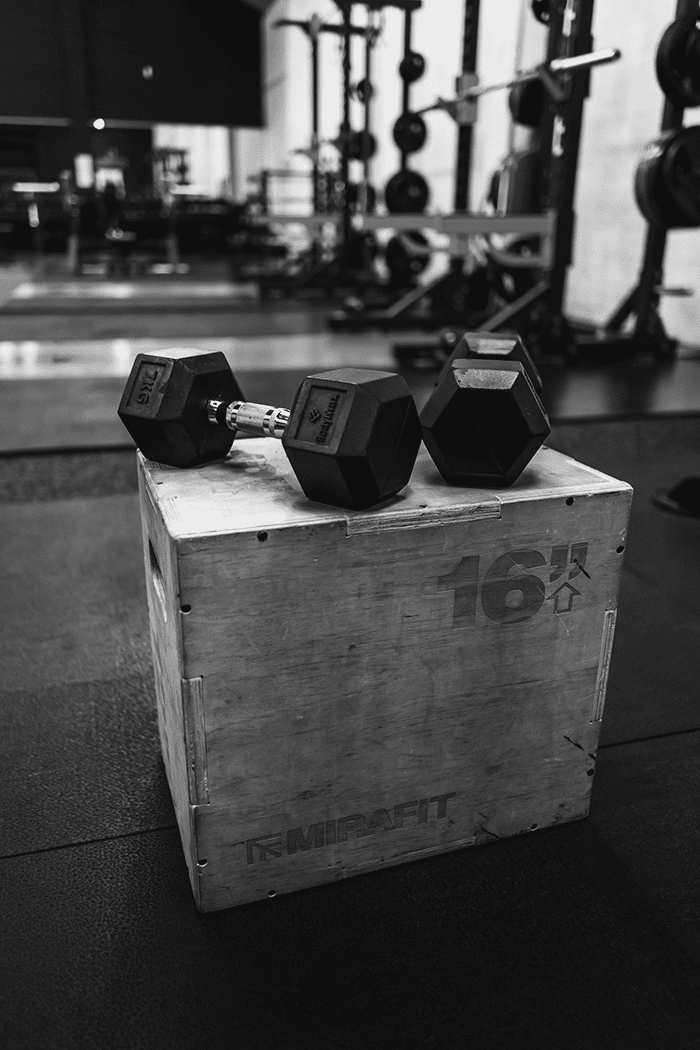
Some people can also lift more weight with dumbbells because they allow for more natural movement patterns, which can help you develop strength and size in the upper body muscles.
Furthermore, by training each side independently you don’t have to worry about one side compensating for the other or having one side being weaker than the other.
Finally, because this exercise is easy to learn and requires only two pieces of equipment (dumbbells), it’s ideal for home workouts and can be done almost anywhere as long as you have access to weights.
What Muscles Does the Incline Dumbbell Press Work?
The incline db press is a popular chest exercise that works the chest, shoulders, triceps, and forearms.
This exercise targets the upper portion of your chest muscles as well as the front deltoids in your shoulders.
As you perform this workout, your core and quads should remain engaged to maintain stability for both dumbbells; however, it is a great alternative for those who are unable to perform bench press exercises due to lower back problems.
You can expect your triceps to be worked when pressing the weight overhead and completing the repetition successfully.
How to do the Incline Dumbbell Press
To perform this exercise:
- Hold a dumbbell in each hand above your chest with palms facing forward. This will be your starting position.
- Slowly lower the dumbbells to the sides of your chest while maintaining an elbows-out position and slightly bent arms. Be sure to keep the tension on the muscles by not allowing your upper arms to rest on your torso.
- Once you feel a stretch in your chest, press the dumbbells back up to the starting position as you squeeze your chest muscles.
- Repeat for desired number of reps
Starting Position for the Incline Dumbbell Press
To begin, set your bench at a 45-degree angle.
Lie down on the bench with weights in hand and dumbbells resting at shoulder height with elbows bent about 90 degrees.
Feet should be flat on the floor to maintain stability.
Common Mistakes when Performing the Incline Dumbbell Bench Press
Going Too Heavy
A common mistake people make when performing the Incline DB Press is using too much weight and not using proper form.
Using too much weight can result in injury, as well as cheating with your body to complete the exercise.
Additionally, when one uses too much weight, they put their back and shoulders at risk for injury by compensating bad posture and form to complete each rep.
Bouncing the Elbows
Another mistake people commonly make is using momentum or bouncing their elbows to perform the exercise.
Bouncing weights off of your chest or using momentum to throw weights will cause you to lose control of the exercise and can lead to injury.
Flaring the Elbows
One last thing to watch out for is flaring your elbows while pressing up with the dumbbells. The range of motion should be controlled so that you are able to keep tension on your muscles throughout the entire movement.
Incline Dumbbell Press vs Flat Dumbbell Press – Which is Better for Me?
With the incline dumbbell press, you’re working on the upper chest. This is a different muscle from your lower chest and doing this move will help to build up your pectoralis major. If you’re doing a flat dumbbell press, then you’re focusing more on your lower pecs (the sternal head of your pectoralis major).
You can also get a better range of motion with an incline db press because it’s easier to get into the right position than it would be if you were laying flat on the bench.
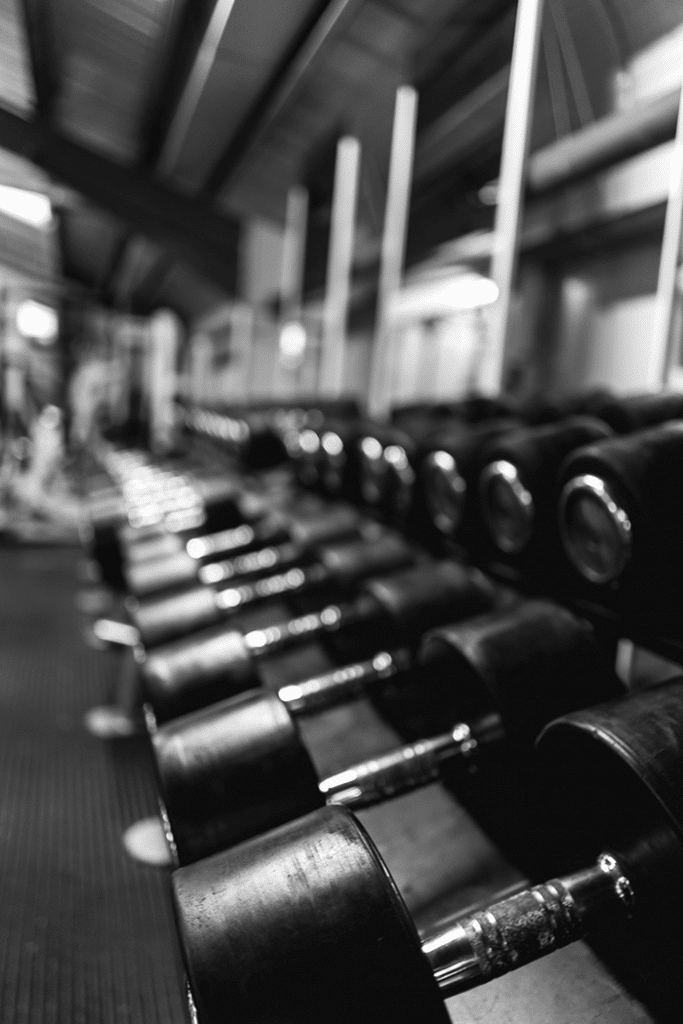
Another thing to consider is that many people experience shoulder pain when they do flat benches. If that’s happening for you then an incline dumbbell press might be nice because it can put less stress on the shoulders while still building up the chest.
Incline Dumbbell Press Variations
The incline dumbbell press is a great way to build your chest muscles:
- Incline dumbbell chest press
- Dumbbell chest press
- Dumbbell incline bench press
- Dumbbell bench press
- Dumbbell press
- Dumbbell chest fly
- Dumbbell incline chest fly
- Dumbbel fly
Incline Dumbbell Press Alternatives
There are a few incline dumbbell press alternatives that you can try instead:
- Push-ups
- Dumbbell Bench Press
- Chest Press Machine
- Flat Barbell Press
- Cable Crossover
- Dumbbell Fly
- Incline Barbell Press
- Incline Cable Fly
- Incline Machine Press
How to Set Up the Bench for the Incline Dumbbell Bench Press
Set the bench to a 30- to 45-degree angle. It’s important that your head is slightly higher than your feet to avoid neck strain.
Sit on the incline bench and grab a dumbbell in each hand at shoulder level with your palms facing forward, or pronated (away from you).
Lie back so that your head, upper back, and butt are firmly planted on the bench with feet flat on the ground or elevated as needed for stability. Keep a slight bend in your knees and push through them as you press up from shoulders and chest.
Look straight ahead throughout the movement and keep your neck neutral—no extending or flexing (pushing forward or backward).
How Should You Breathe During the Incline Dumbbell Bench Press?
Inhale and brace your body before you lower the weight.
Exhale as you press the weights back to the starting position.
Can Beginners do the Incline Dumbbell Press?
Can beginners do the incline dumbbell bench press? Yes, you can perform the exercise as a beginner.
As a beginner, you should perform the incline dumbbell press with a lighter weight.
What Sets and Reps Should You Use to Build Muscle with the Incline Dumbbell Press?
By now, you may be wondering what sets and reps you should do with the incline db press in order to achieve your muscle-building goals.
You’ll want to do 3 to 5 sets of 8 to 12 reps with a one-minute rest between sets.
It’s also important that you use a moderate to heavy weight for this exercise, so that you can actually trigger the muscle gains.
Keep in mind that the more experienced you are, the heavier weight you will need in order for it to be effective (since a beginner’s muscles will grow from lifting weights they consider “light,” while an advanced lifter needs heavier weights).
Most importantly, remember that progressive overload is critical in building muscle mass—so if your goal is size and not just strength, then focus on increasing weight over time.
What Sets and Reps Should You Use to Build Strength with the Incline Dumbbell Bench Press?
Go for 3 – 5 sets of 5 or 6 reps with a heavy weight. Rest for two minutes between sets.
The reps you use will depend on how heavy a weight you use.
The Incline DB Press is a strength-focused exercise, so the goal is to lift heavy weights for fewer repetitions. If the weight you choose is too light, your sets will include more than 5 reps.
At that point, the stress being placed on your muscles isn’t enough to build strength. To determine if you’re using a weight that’s heavy enough, take note of how many reps that you can complete:
- Between 1 and 5 reps: Excellent set! This should be challenging but doable with good form. Keep up those hard sets to gain strength and size over time!
- Between 6 and 10 reps: Your sets may be too easy to promote real gains in strength or hypertrophy (i.e., muscle growth). To get stronger in this exercise, try increasing your weight by 2-5 pounds over the next few weeks as your body adjusts to the new level of difficulty and eventually hits its ceiling again.
How Long Should you rest Between Sets with the Incline Dumbbell Press?
Rest time: 30 seconds – 2 minutes.
30 – 45 seconds for hypertrophy training
Up to 2 minutes for strength training.
How to do it: You can use a stopwatch to time your rest period, or you can set up an interval timer.
If you are just starting out, take the full two minutes between sets.
As you get more experienced, shorten that rest period (if muscle growth is your goal). Otherwise stick with the lower reps, heavier weights and longer rest periods.
How Much Weight Should you Use for the Incline DB Press?
The rule of thumb is to use enough weight that you can complete the required number of reps but not so much that you can’t complete the required number of reps.
For example, if your goal is to do 15 reps, don’t use a weight with which you can only do 10 reps.
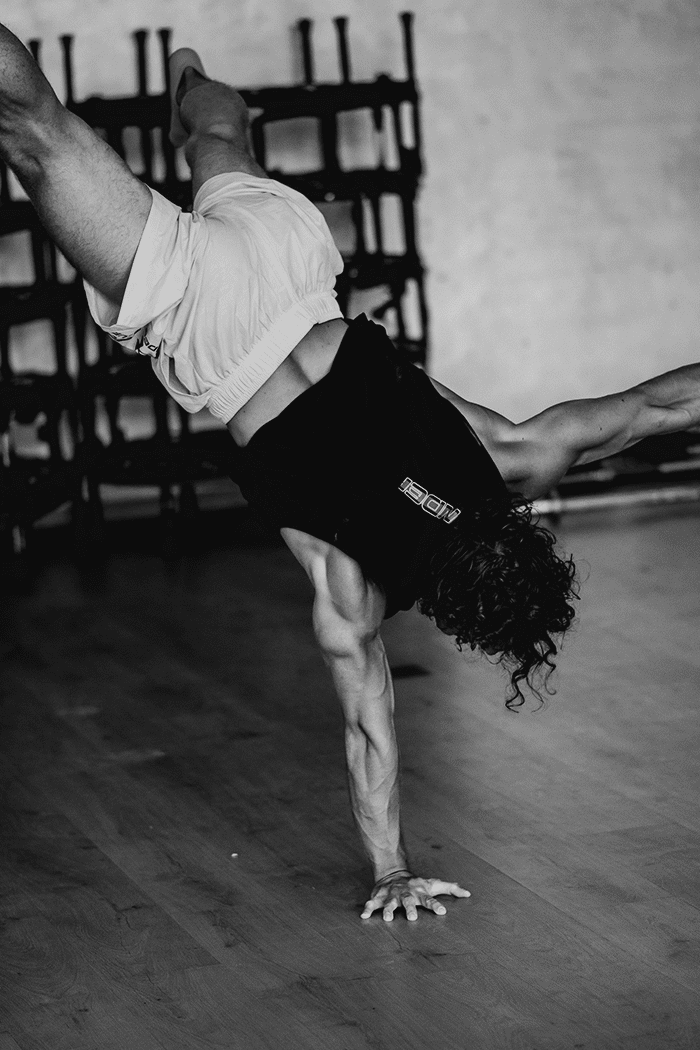
You should always feel very fatigued on the last few reps.
You’ll need to find a middle ground where the last few reps are challenging and demand maximum exertion, but it’s still possible for you to complete them.
What Should the Angle of the Bench be for the Incline Dumbbell Press?
The angle of the bench is not critical.
The main thing to keep in mind with this exercise is that a steeper (larger) angle focuses the work more on your chest, while decreasing the incline decreases involvement of your chest and increases recruitment of your shoulders.
Thus, if you are trying to emphasize your chest, use a larger than 45-degree angle.
Conversely, if you are trying to emphasize your shoulders, decrease the angle below 45 degrees.
Does the Incline DB Bench Press Build the Upper Body?
The incline db press works the chest, shoulders and triceps, as well as the upper back muscles and core stabilizers.
Because you need to stabilize your body during this exercise, your core and upper back muscles, specifically the rhomboids, are activated during the exercise.
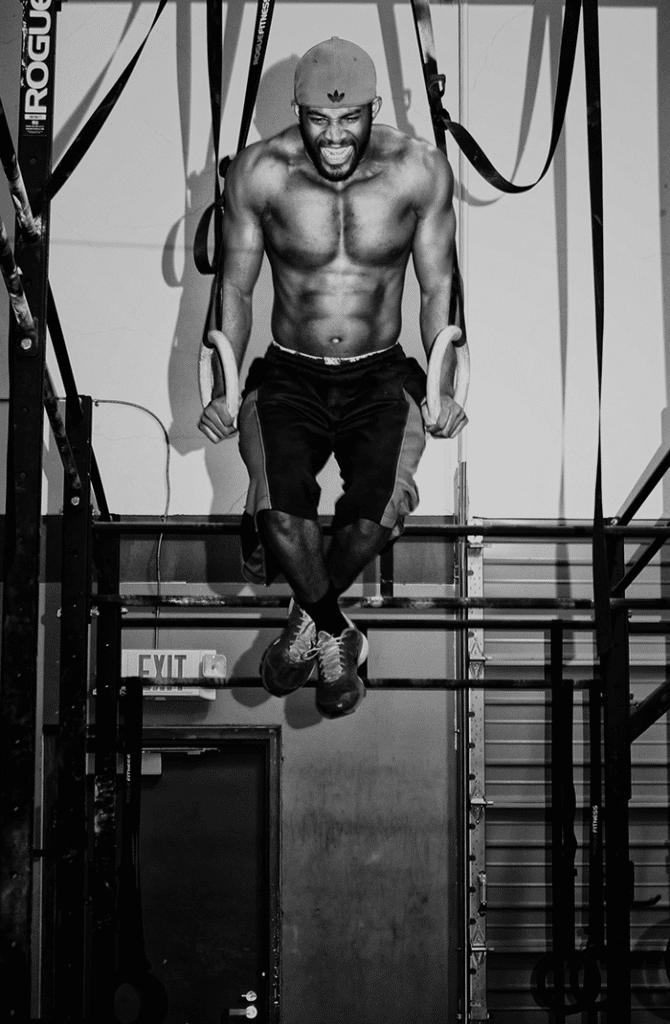
You also need to stabilize your shoulder blades throughout so they do not hike up toward your ears as you lift.
Is Incline Dumbbell Bench Press Harder?
The incline db press is a great exercise for building the upper pectoral muscles.
It’s also a compound exercise, meaning it involves multiple joints and muscle groups. Put together, these two things make it a difficult exercise to do with good form.
In particular, the fact that the bench is set at an incline makes balancing your body during the movement much harder than in a flat bench press.
You’ll be able to lift less weight while pressing on an incline than you would pressing with a flat bench.
If you are new to db presses or are looking to mix up your workout routine, this may not be the best first choice of exercises unless you want to focus specifically on building your upper pectorals as opposed to your overall chest strength.
Is Incline Dumbbell Bench Press Better than Barbell?
Targets the Upper Chest to a Greater Degree
In his article on training the chest, Men’s Fitness editor Chris Lund points out that because incline dumbbell presses allow you to move your arms independently of each other, they’re a good option for hitting the upper part of your chest—a spot that can sometimes be neglected.
“The changing angles of the dumbbells’ movement cause a stronger contraction in one pectoral than the other,” Lund writes. “This is good because it allows you to even out muscle imbalances.”
Helps to Avoid Shoulder Strain
It may seem counterintuitive that moving weights away from your body would put less stress on your shoulders than moving them toward it, but as trainer Dan Trink explains in Muscle & Fitness, “When you press a bar across your chest from front to back (as in a barbell bench press), you run into issues with proper shoulder positioning.”
This can lead to rotator cuff injuries over time. But because an incline dumbbell press starts and ends with your arms outstretched in front of you, this isn’t an issue.
Better for Adding Variety to your Routine
If you usually do barbell bench presses but want to try something new (and effective) without totally changing up what you’re doing at the gym, incline dumbbell bench presses are a solid choice: they involve some of the same muscles and will help strengthen your pectorals while working different parts of those muscles as well
Why is Dumbbell Training Effective?
Dumbbells are effective because they’re a great, no-frills way to train.
Free Weights Beat Machines
When it comes to making strength gains, free weights beat machines because they demand more balanced use of the stabilizing muscles that support movement at a joint, as well as the prime movers.
Even though machines often provide less resistance than dumbbells or barbells, they don’t activate the muscles quite as much.
More Range of Motion
They also limit the freedom of movement around a joint and often force you into an unnatural path of motion—which may be fine for building muscle but doesn’t translate well to everyday activities.
It’s not just about strength, either; dumbbells can help with hypertrophy, or muscle growth. Increasing your muscle mass is key to burning fat and boosting metabolism even when you’re not working out.
Endless Variety
The variety of exercises possible with dumbbells allows you to target all your major upper-body muscles (all three heads of your shoulder; triceps; chest; back) in one workout session and reap maximal benefits from your time spent in the gym.
Versatility
Finally, there’s versatility: Dumbbells allow for lateral moves on both sides of the body at once for better balance and symmetry overall.
Unlike fixed bars that limit range by requiring that you stay centred over them during an exercise—or bulky weight stacks that take up tons of space in a home gym—dumbbells are small enough to be used anywhere and give total freedom in how far or close you position them during each lift or rep.
Executive Summary
The movement is an upper-body exercise that targets the chest muscles, specifically the upper chest.
As it’s a compound exercise, it also works several other muscles, such as your shoulders and triceps. This can be done at home or at the gym.
The exercise can be useful for building upper body strength and muscle mass in these areas.

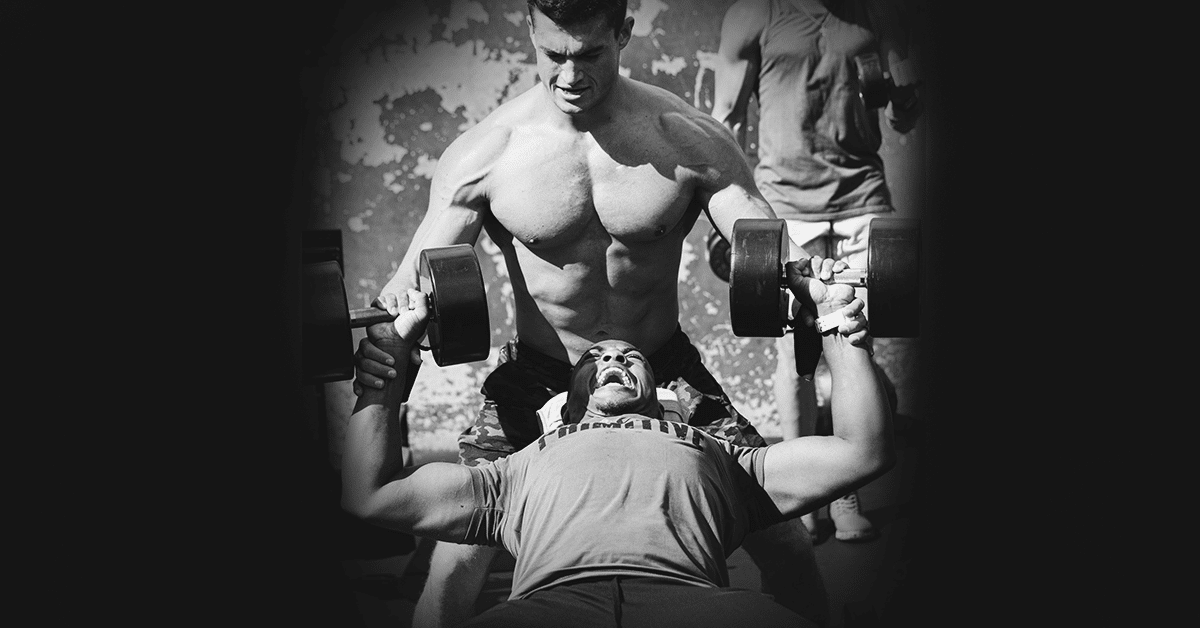


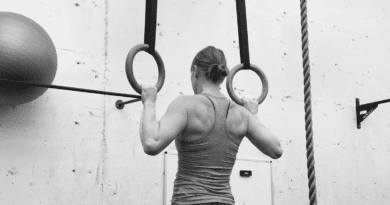
Pingback: Barbell Bench Press Best Guide: Benefits, Muscles Worked and Technique Tips - Outdoor Fitness Society
Pingback: 30 Brutal Devil Press Workouts for Strength and Conditioning - Outdoor Fitness Society